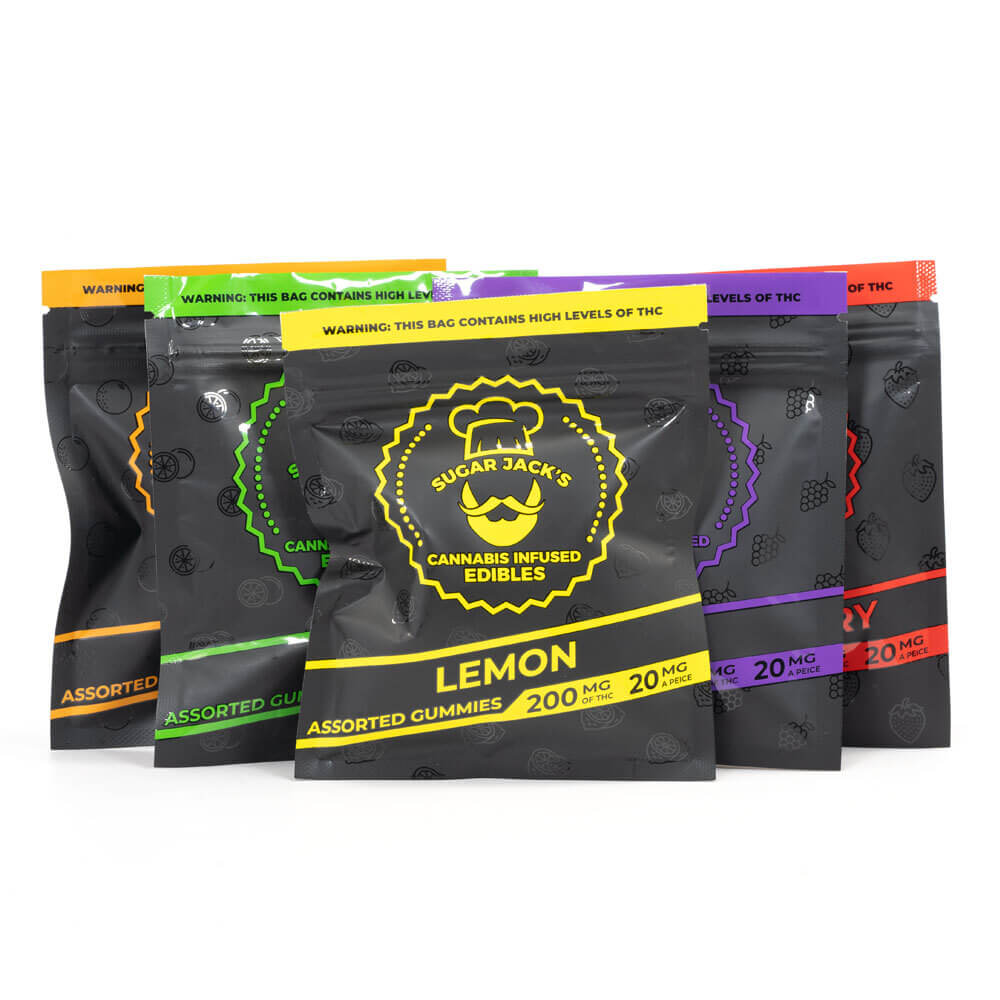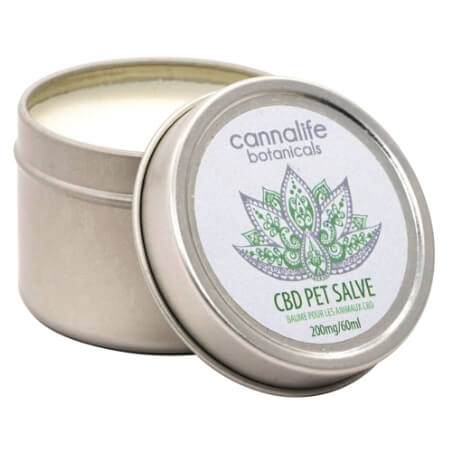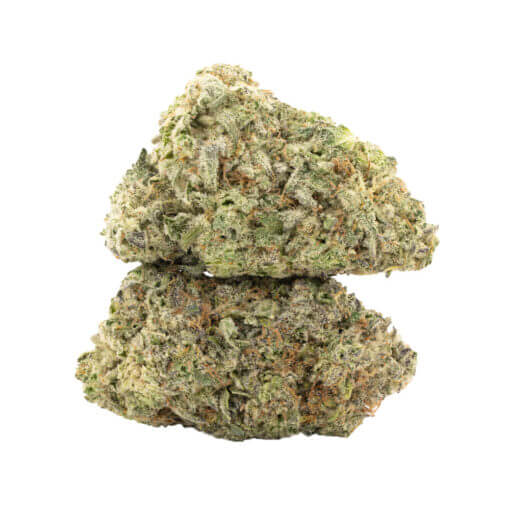No products in the cart.
What is Rosin?
3 Oct 2023
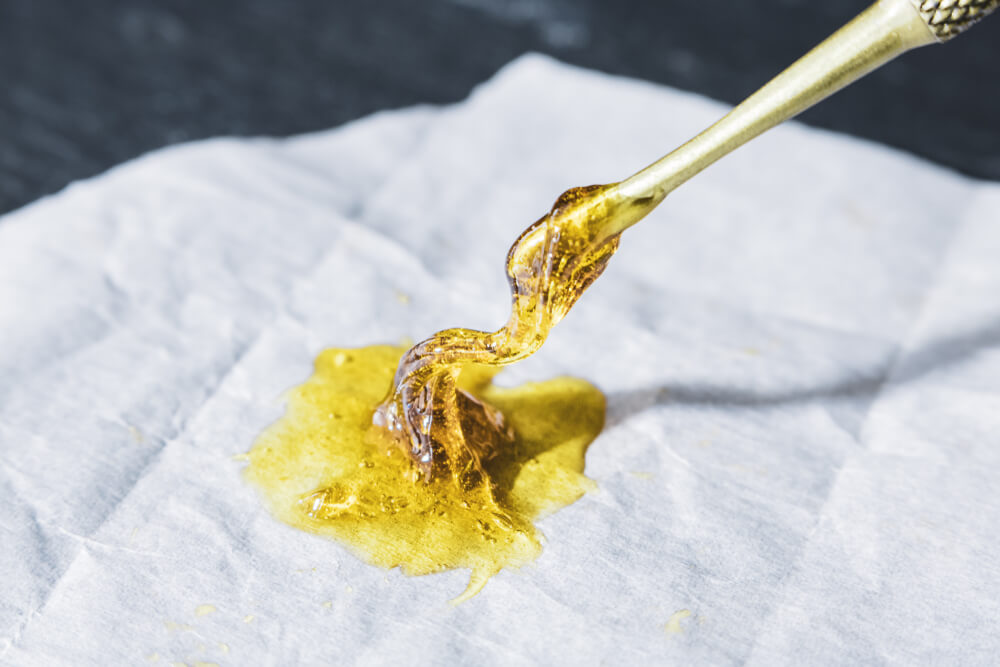
We know that keeping up with all the different types of cannabis extracts and concentrates, from hash to shatter to rosin, can be tricky.
With so much variety to choose from, it can be challenging to determine which product suits your particular weed needs.
Don’t worry. We’re here to help.
If you like the potency of shatter but prefer a solventless concentrate, it is hard to find a better option than rosin.
Furthermore, if you want to make cannabis concentrates at home, there is no better choice than rosin. The extraction method requires no solvent or potentially dangerous combinations of heat and pressure.
In this way, it is an ideal product to experiment with when learning how to make your own cannabis concentrates.
Today, we are covering all there is to know about Rosin, including what it is, how it’s made, and how it differs from shatter.
What is Rosin?
Rosin is a highly concentrated cannabis product made via solventless extraction.
Put simply, a rosin press uses heat and pressure, allowing producers to create rosin at home and in labs. The heat combines with the pressure to make a resinous sap that hardens into the final product.
Basically, when you squeeze bud while applying heat, what you get is a high quality, solvent-free concentrate that contains only the valuable plant material we desire – condensed cannabinoids and terpenes.
The name rosin comes from the solid cannabis resin used on violin strings to create more friction. The only significant similarity to cannabis rosin is the appearance and texture.
Outside of that, rosin does the complete opposite job in humans, reducing friction by helping us become relaxed and experience feelings of intense euphoria.
Beyond not requiring any solvent to create, another significant benefit to rosin is the final product’s texture. Rosin varies in appearance depending on the various products you use as starting material for extraction.
Rosin is generally translucent and varies in consistency from sappy and ooey-gooey to solid. The colour can range from dark to light, often resulting in shades of amber.
One of the most notable rosin properties is how it accurately translates the terpenes within your flower or bud. If the right steps are taken, rosin products can have unmatched potency, flavour and yield.
Rosin beats out just about any other solventless-based methods and can even surpass concentrates made using solvents.
How is Rosin Made?

Out of all cannabis concentrate extraction methods, the one used to make rosin is by far the simplest. All you need is a rosin press and some cannabis starting material.
Rosin presses use flat and heated surfaces to compress the starting cannabis plant material.
One of the best parts of making rosin is that you may already have the equipment lying around the house you need. If not, it is cheap and easy to acquire, although there are more expensive alternatives and fancier rosin press equipment you can purchase.
The easiest way is to use a hair straightener, as they heat two flat metal pieces that can be squeezed together.
Steps for How to Make Rosin
Whichever rosin press equipment you use, the process is pretty much the same.
Step 1
Place your bud between some parchment paper and ensure you have some extra paper to collect what comes out. You can mold and fold the parchment paper to create a basket-like tool for the rosin to flow into from the press.
Depending on what cannabis material you use, you’ll get a different end product. The most frequently used starting material is often bud or dried flower, but you can also use hash or kief for increased potency.
You could even use up some low-quality trim and make something great out of your leftovers.
Hash rosin is incredibly common and creates a potent punch to increase the versatility of your hash. It allows you to take a standard hash and create a rosin that can be dabbed with ease.
Step 2
Squeeze the heated plates until you feel strong tension.
Hold that position for a few moments. Once you get a feel for it, you’ll notice a particular ‘crunch‘ that occurs. After that, squeeze out the last portions of resins using pressure.
As you squeeze your plates, you’ll see hot liquid resin pour out into your paper catcher.
Step 3
From there, all you need to do is open it up, throw away the excess plant material, and let the final product dry.
You can shape the resin to your desired thickness by folding the paper and manually flattening it out.
Generally, you’ll want your rosin layer to be relatively thin so that it can dry and solidify quickly and thoroughly.
Practice Makes Perfect
When asking what temperature you should use to make rosin, the answer depends on what device you’re using, the bud itself, and the products you want to make.
The extract product should come out nicely no matter the precise temperature, but as you gain experience, you can fine-tune the temperature if you have the option.
Using hash or kief may require slight adjustments to the temperature and will likely involve a bit of trial and error.
Don’t feel bad if your process is not perfect the first time. It takes time to get the technique down perfectly.
For this reason, it is not a bad idea to start with small amounts of bud until you get it right. In this way, you won’t waste as much weed while you nail down your process and get the quality you desire.
The quality of your final product will depend on the bud itself, along with the temperature and precise process used to make these extracts. There is a lot of skill, patience, and practice needed to perfect extracting rosin, but just about anyone can do it.
Even if the flower extracts don’t come out perfect, they will still get you high. On top of that, you’ll also get a good dose of terpenes if you don’t use too high a temperature.
Rosin vs Shatter – What’s the Difference?
There is much debate within the cannabis community and the cannabis industry around solvent-based and solventless concentrates.
One of the most popular questions to arise is whether shatter is more potent or made to a higher quality than solventless rosin.
While shatter or hash oil may be preferred products, it is undeniable that these complex extracts require specialized machinery that is unattainable to those looking to create their own cannabis concentrates.
For this reason, rosin is the ultimate at-home concentrate to make.
As you can see from the steps described above, creating rosin requires no additional compounds to serve as a carrier or solvent during the extraction process.
In other cannabis concentrate products, producers use solvents such as butane, propane, CO2 or alcohol to extract cannabinoids from cannabis plant matter. Each of these different solvents can extract cannabinoids from other types of cannabis starting material.
The State of Solvents
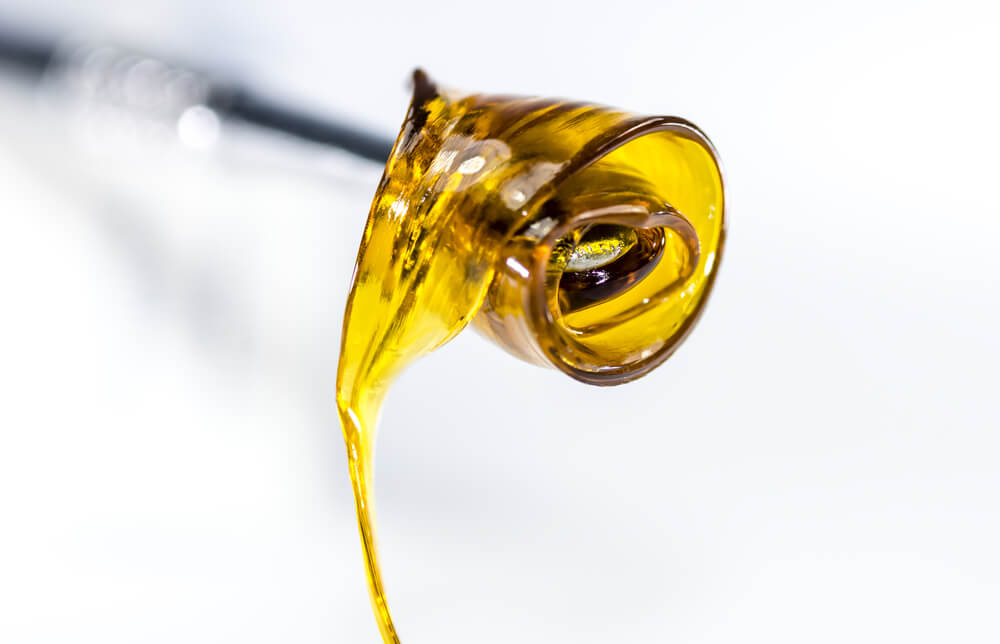
CO2, or carbon dioxide, is used as a solvent to create many extracts, including many vape pen cartridges currently available on the market.
Shatter is a primary example of a solvent-based cannabis concentrate. The technical name for it is butane hash oil or BHO.
Since tokers creating concentrates at home likely won’t have the tech, safety standards or expertise, it’s best to leave creating shatter to the cannabis industry experts.
Using butane, CO2, and other solvents add additional potential dangers. The extraction processes are more dangerous and can even cause explosions. Also, the removal of the solvent is essential to ensure safe products on the market.
Because of these factors, leave it to the professionals and ensure you only buy these other concentrates from reputable laboratories within the cannabis industry.
If you’re still looking for an alternative to enjoy the fun and cheap process of making a cannabis concentrate at home, go with rosin.
It has the perfect blend of ease and high-quality, and this is why it is a staple concentrate for making at home. When it comes to enjoying rosin, the best way to enjoy it is through dabbing, but you can also break it up and sprinkle it on bowls or into joints.
While all cannabis concentrate products contain high amounts of cannabinoids, the process used to create rosin can provide higher terpene levels, which many consumers love.
Rosin – An Ideal Concentrate
With a process that requires limited amounts of equipment that you can likely find around the house, rosin is an ideal concentrate for those looking to experiment with making their own at home.
However, whichever way you choose to enjoy rosin, it’s essential to remember that it is a potent concentrate that will get you real high.
In this way, be sure to practice safe consumption habits and enjoy in moderation. A little will go a long way, so be sure to start low and go slow.
The same homage applies for pressing and making rosin yourself at home.
Start small with lower amounts of weed and gain the experience necessary to improve your process before losing your entire stash to botched first attempts at getting it right.
Stay safe and happy experimenting!




